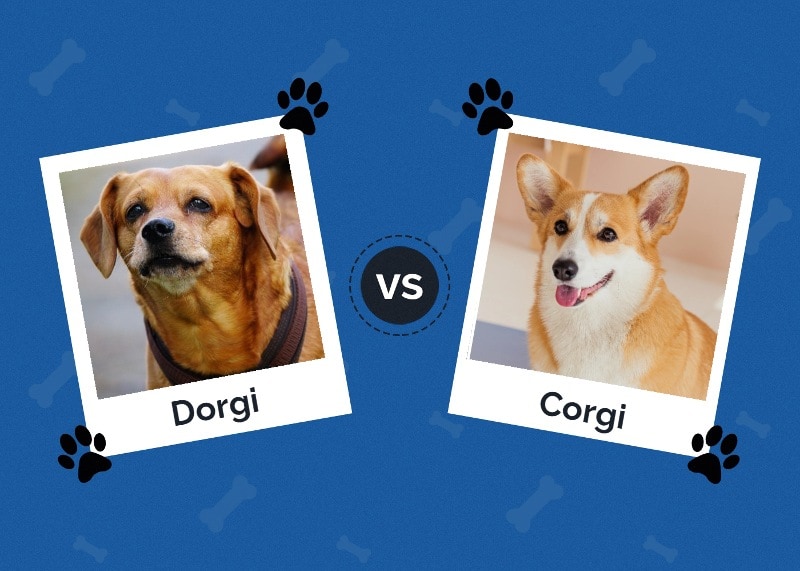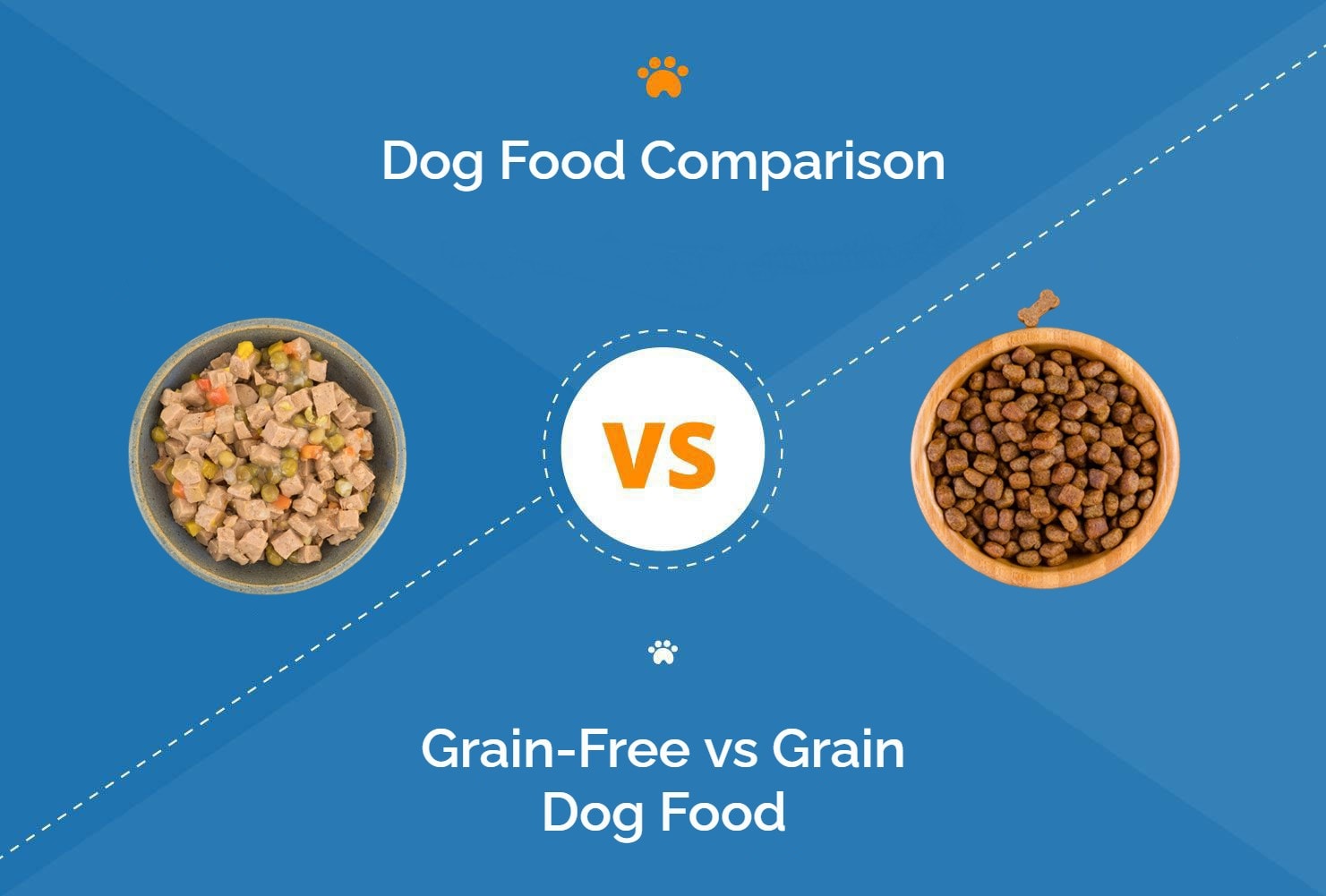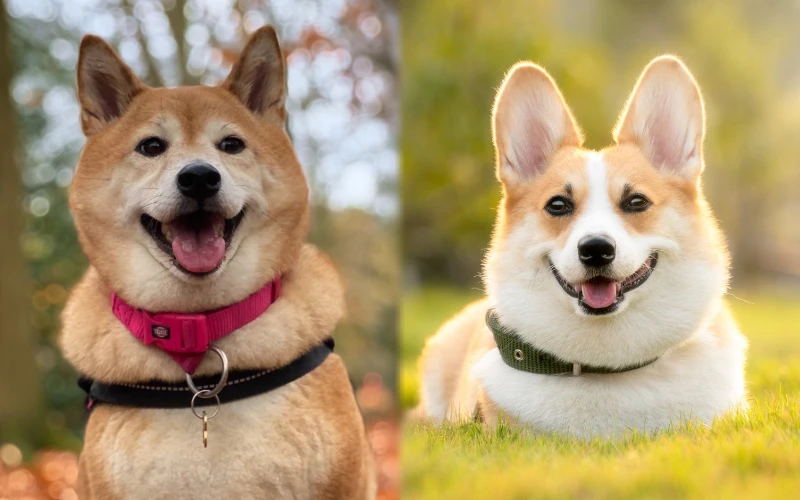Can Dogs Eat Quinoa? Vet Approved Nutrition Facts & Safety Guide
Updated on

Quinoa is a bit of a superfood for humans, providing us with lots of beneficial nutrients. It has grown in popularity across the globe over the decades, albeit quinoa has actually been around for thousands of years! If you are a quinoa fan or heard the hype about the goodness it provides, you may wish to offer your dog a serving of quinoa to give them the same nutritious benefits and values.
This does, though, raise uncertainty as to whether you can feed quinoa to your dog. At first blush, yes, you can feed your dog quinoa; however, you first need to check in with your veterinarian to clarify if quinoa is a food suitable for your dog specifically. Not all human foods are canine-friendly, and even then, some dog-safe human foods may be contraindicated for your furry pal.
What Is Quinoa?
Quinoa, pronounced ‘keen-wa,’ is a whole grain and is touted as a better choice and alternative to other grains, such as wheat, rice, and couscous. The quinoa plant has been grown in South America for approximately 5,000 years, and there are around 120 varieties of the quinoa seed.
Quinoa is one of the healthiest seeds and is generally harvested by hand. It is a fantastic source of protein (and its subsequent amino acids), plus folate, calcium, and magnesium.
A brief look at its nutrition profile shows that a 100-gram serving of cooked quinoa provides the following nutrients:
- 120 kcal
- 4.4g protein
- 1.9g fat
- 21.3g carbohydrate
- 2.8g fiber
- 17 mg calcium
- 64 mg magnesium
- 42µg folate
Can I Feed My Dog Quinoa?
As we have learned, yes you can, which is great news. However, not all safe human foods may be so for your dog specifically. Allergies and intolerances can be a problem; therefore, always check with your veterinarian first.
It is worth noting that feeding treats or extras to your dog (as this would be classed) shouldn’t make up more than 10% of their normal daily calorie requirement. While quinoa is a high-quality and healthy snack to give to your dog and add to their daily schedule, don’t overdo it! You may add quinoa to their normal meal or add it to homemade treats when it is offered plain and without any additional herbs or seasonings. Do not offer that from a human dish or ready-made meals, as these products can contain ingredients that are toxic to dogs, such as onion and garlic, or with high doses of salt.
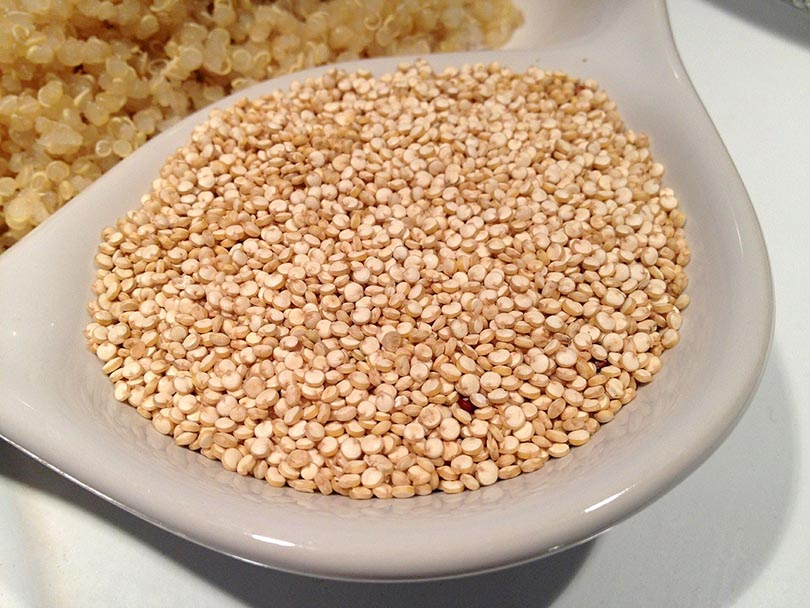
Benefits and Concerns of Quinoa for Dogs
The nutrients packed into quinoa are in abundance. As well as those already mentioned, you will also find generous helpings of iron, phosphorus, zinc, fiber, and carbohydrates. This food and its nutrients have been connected with boosting and improving a vast range of health and well-being elements, everything from increased energy, improved coat, skin and nails, promoting good muscle growth and healthy bones, as well as aiding brain function. Who wouldn’t want to add a bit of quinoa to their diet?
As with most things in life, there is a trade-off with quinoa. There is a slight concern regarding a chemical naturally found within quinoa. This chemical is called saponin. Quinoa produces saponin as a protection mechanism against insects, but it is documented that saponin can irritate the intestines of humans and canines, thus causing digestive issues. However, it is suggested the amount of saponin is so small that it is not enough to cause such problems. It is possible, though, that a dog’s gastrointestinal system is more delicate and sensitive than humans, and therefore, tummy complaints due to saponin are potentially more of a concern for them than they are in people.
Likewise, with feeding a plant-based food like quinoa, their systems may not be used to this, so their digestive tracts can react negatively.
If you notice any of the following signs after feeding quinoa to your dog, call your veterinarian for advice and choose a different treat to give to them in the future.
- Abdominal discomfort and pain
- Bloating
- Diarrhea
- Constipation
How Much Quinoa Can I Feed My Dog?
As with most human foods used as canine treats, there are no set amounts or official guidelines to follow, unlike with their normal daily diet. While the amount of quinoa to feed your dog will vary depending on their size, it is thought that a quarter cup of this grain either fed on its own or mixed in with the normal food is suitable for most dogs. This would be a suitable place to begin for a medium sized dog, but always bear in mind these things are trial and error.
To prevent any issues with saponin causing disruption to your dog’s health, it is advised to wash the quinoa thoroughly before cooking it, which removes the majority of this chemical. If your dog is prone to allergies or intolerance to foods, or has underlying health concerns, then avoid feeding quinoa completely until you are given the OK by your veterinarian or veterinary nutritionist.
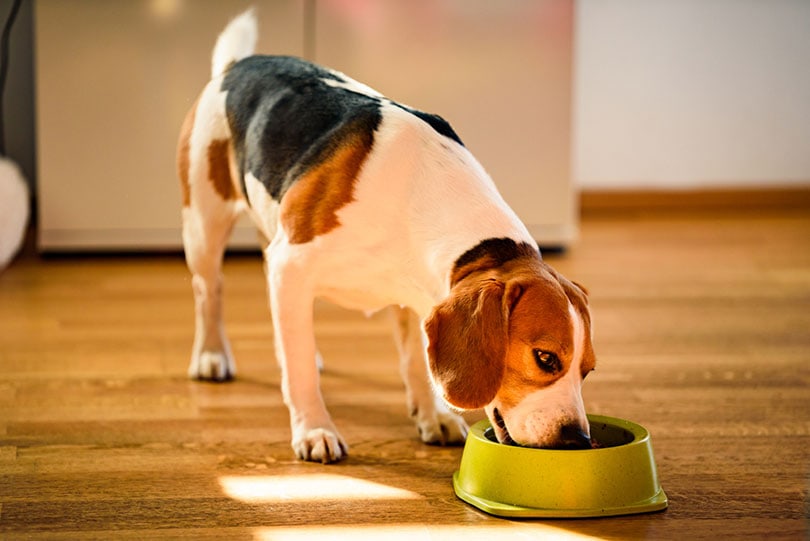
Conclusion
Quinoa is certainly a nutritious food and offers multiple health benefits both for humans and dogs. It does require reminding, though, that it is primarily a human food. However, these days, some dog foods and diets contain it as an ingredient, which is a positive sign on the topic of feeding quinoa to dogs.
If you are unsure about feeding quinoa to your dog but wish to, start with small amounts and increase from there. And always feed cooked quinoa to your dog, not raw, and check with your vet beforehand before feeding dogs anything outside of their normal diet.
Related Reads:
Featured Image Credit: New Africa, Shutterstock


